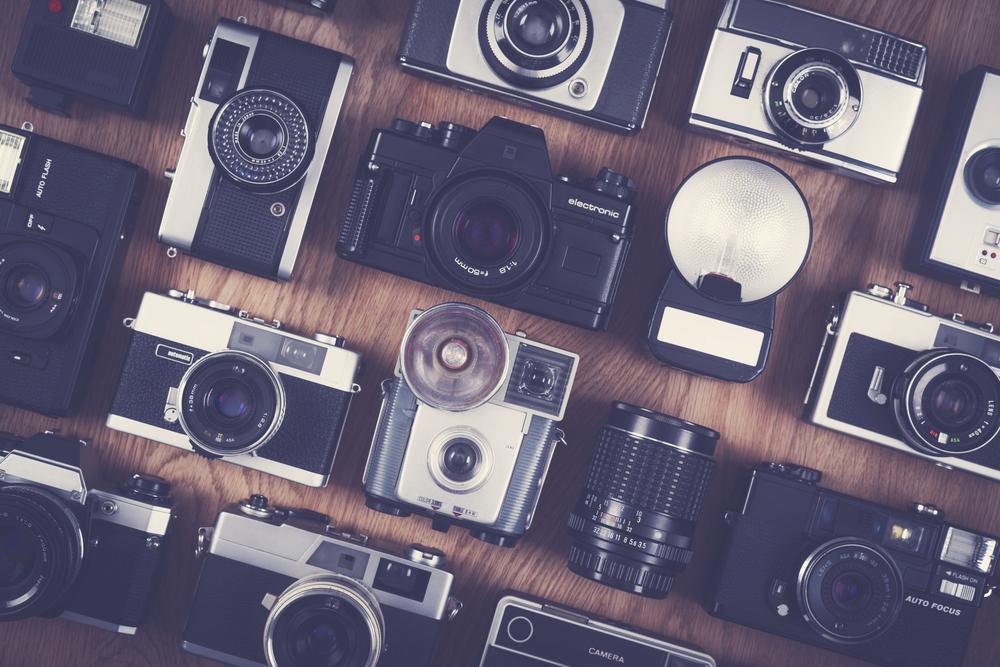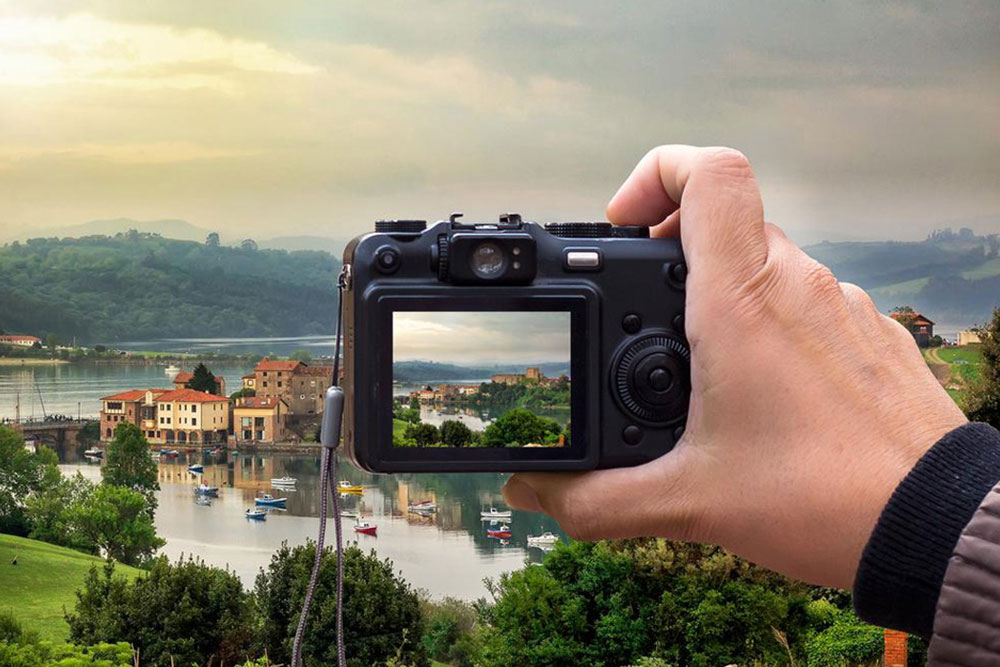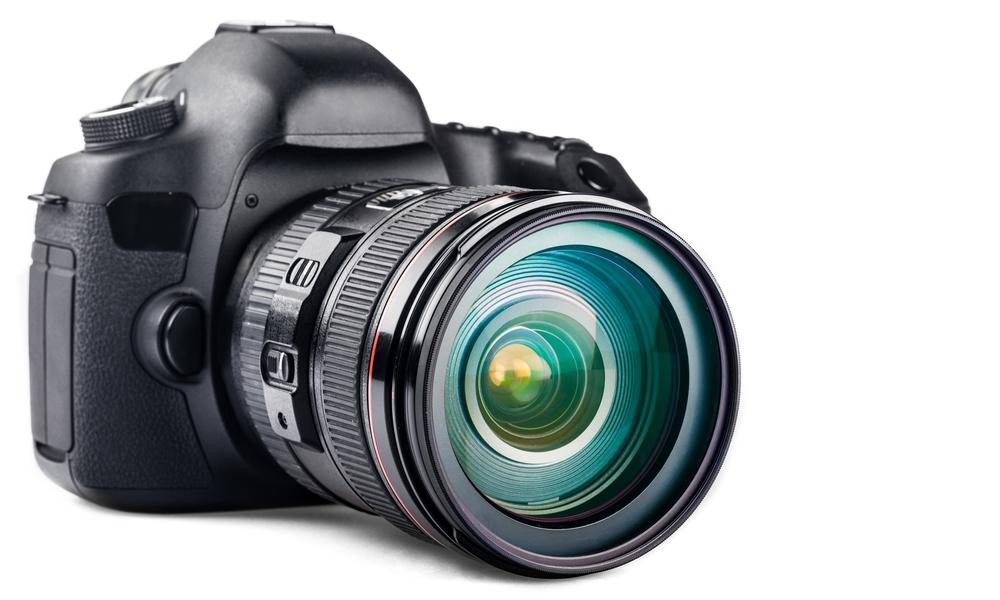The Evolution of Cameras and Camcorders: A Comprehensive Historical Overview
Explore the comprehensive history of cameras and camcorders, tracing innovations from early portable devices to modern high-definition recording technologies. This detailed overview highlights key milestones, industry competition, and technological advances that have transformed visual media. Discover how miniaturization, digital formats, and smart features have shaped the devices we use today, making video recording more accessible and versatile for both professionals and consumers worldwide. Understand the cultural significance of these evolutions and their future potential in digital media and communication.

From Early Innovations to Modern Recording Devices: The History of Cameras and Camcorders
The development of cameras and camcorders has revolutionized how humans capture and preserve memories, communicate, and create. The terms "camera" and "camcorder" embody the fusion of visual recording and audio-visual capture technologies, which have undergone significant evolution over decades. This detailed history explores the technological milestones, key inventors, and industry shifts that have shaped these devices from their inception to the highly advanced tools we use today.
The concept of a device capable of both photographing and recording moving images has roots tracing back to early film equipment, but the advent of portable, digital, and hybrid devices marked a major turning point in this evolution. Early efforts in developing handheld and portable video devices gained momentum alongside rapid advancements in digital technology, miniaturization, and consumer electronics. The journey from bulky, studio-bound equipment to sleek, portable camcorders is marked by innovative breakthroughs and fierce industry competition that spurred rapid progress.
The term "camcorder" itself is a blend of "camera" and "recorder," representing a dual-function device capable of capturing images and recording video and sound simultaneously. This innovation provided unprecedented convenience and flexibility, enabling users to document everything from family events to professional news coverage with a single portable device. The early development phase was marked by significant contributions from inventors and companies eager to capitalize on the potential of portable video technology.
In 1977, inventor Jerome H. Lemelson applied for a patent for a handheld camcorder, a landmark effort to create a portable, integrated device that could record video in real-time. Although his initial application was rejected, Lemelson persisted in refining his designs. By 1982, he successfully developed the first portable device capable of recording both video and audio, laying the foundation for the modern handheld camcorder. This device was a groundbreaking achievement, showcasing compactness combined with functional versatility. JVC quickly introduced their version of the portable camcorder, bringing this technology into the commercial market and setting the stage for widespread adoption.
Meanwhile, Sony played a pivotal role by developing their Betacam system, which advanced professional video recording and broadcasting. The Betacam format was revolutionary, offering high-quality recording suited for television production and news stations. It helped establish industry standards and demonstrated the potential of portable, high-resolution video technology. As these developments unfolded, miniaturization became a key focus. Engineers aimed to create smaller, lighter equipment without sacrificing quality, leading to innovations like the Beta Movie (BMC 100), which integrated the camera and recorder into a single unit. This consolidation eliminated bulky cables, making the devices more mobile and user-friendly—a crucial factor in news broadcasting and studio editing.
Despite technological progress, high costs remained a barrier for consumer adoption. Early camcorders were expensive and primarily accessible to professionals and broadcasters. However, fierce competition between industry giants like Sony and JVC fueled rapid model development and innovation. In 1983, Sony launched the Betamovie BMC 100P, designed for shoulder-mounted use, adding ergonomic considerations and improving portability for professional use. Conversely, JVC introduced the VHS-C (Video Home System-Compact) camcorder, which offered a more affordable and accessible option for consumers wishing to record home videos. The transition from bulky professional equipment to more manageable consumer devices accelerated as companies sought to capture larger market segments.
The mid-1980s marked a significant expansion of consumer options with the emergence of Video8 and VHS-based camcorders from Panasonic, RCA, Hitachi, and other manufacturers. These devices brought longer recording times, improved image quality, and affordability to everyday users. The introduction of Full-Size VHS camcorders further boosted the accessibility of professional-grade video production, making it possible for small businesses, educational institutions, and ambitious hobbyists to produce high-quality content without prohibitive costs. During this period, technological advancements also led to the development of camcorders capable of recording in SuperVHS format, which provided higher resolution and better picture quality.
As the industry advanced into the digital era in the late 1980s and early 1990s, key formats such as Digital Video (DV) began to emerge. Sony, JVC, and Panasonic worked to establish new standards that would replace analog tapes and improve ease of use, storage, and editing possibilities. Digital formats offered significant improvements in picture clarity, sound fidelity, and editing flexibility. The adoption of miniDV tapes revolutionized the home video market, allowing users to produce professional-quality videos with compact, easy-to-manage media. Simultaneously, the rise of camcorders with USB and FireWire interfaces simplified digitizing footage, making it more compatible with computers and editing software.
Throughout the decades, technological innovations in materials, optics, and electronics have continually pushed the boundaries of what cameras and camcorders can achieve. Today, high-definition and 4K video recordings are standard features, with some devices integrating advanced features such as image stabilization, face recognition, and even artificial intelligence for auto-focus and scene optimization. Furthermore, the advent of smartphones with multi-megapixel cameras and sophisticated video capabilities has shifted many consumers from dedicated devices to multi-purpose mobile devices, drastically influencing the industry’s landscape.
In conclusion, the evolution of cameras and camcorders reflects a relentless pursuit of portability, affordability, and quality. From bulky, professional-grade equipment to pocket-sized smartphones, these devices have transformed media production and consumption. The ongoing innovation continues to redefine what is possible in visual storytelling, enabling millions to capture, edit, and share moments instantly across the globe. The history of these devices not only highlights technological milestones but also underscores their profound cultural impact, shaping how societies communicate and remember.




